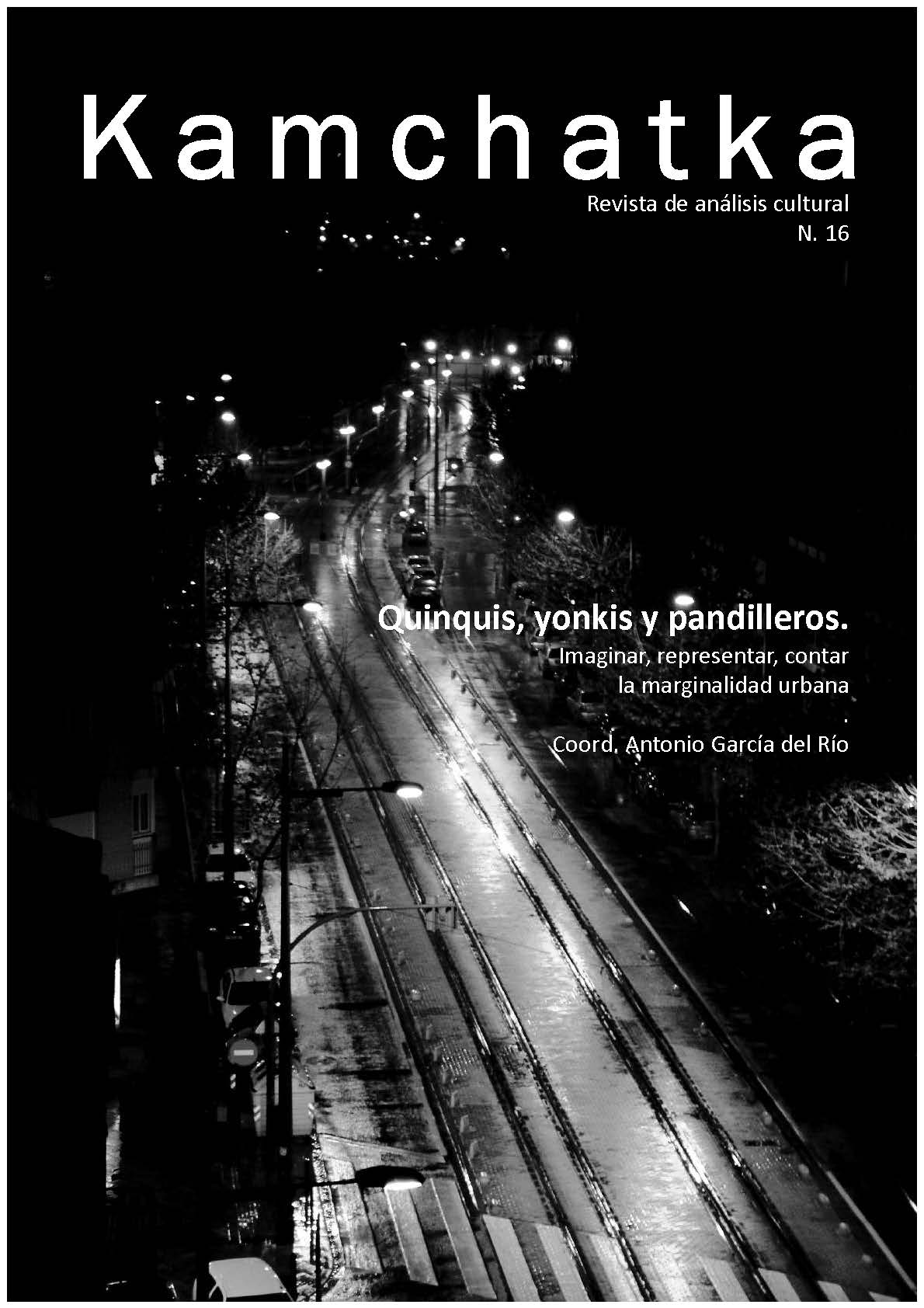Oblique glances: children, landscape and interrupted communities in the cinema of Dominga Sotomayor
DOI:
https://doi.org/10.7203/KAM.16.17527Keywords:
Chilean cinema, intimacy, youth, landscape Abstract
Abstract
In De jueves a domingo (2012), Mar (2014) and Tarde para morir joven (2018), Dominga Sotomayor explores the intimacy of a family, a couple and a community. In these approaches, intimacy establishes varying degrees of tension with the outside and the public. These oscillations highlight one of the most frequent and repeatedly studied characteristics of contemporary Chilean cinema: the transformation of intimacy into the locus where the conflicts of the past and the present are indirectly projected. This article considers the way in which Sotomayor's cinema is inscribed in the current panorama of Chilean cinema and, through it, in its socio-political scenario. It aims at doing so analyzing three interrelated problems: the narrative and sensitive forms of representation, their articulation from the narrative, spatial and sensorial positions of the young and the construction of landscape through the interaction between natural environments and subjects that occupy and move through them.
 Downloads
Downloads
 References
References
Andermann, Jens. “Paisaje: Imagen, entorno, ensamble”. Orbis Tertius 13-14 (2008).
Aumont, Jacques (1997). El ojo interminable. Barcelona: Paidós.
Barraza, Vania (2018). El cine en Chile (2005-2015). Políticas y poéticas del nuevo siglo. Santiago: Cuarto propio.
Cavallo, Ascanio, Douzet, Pablo, Rodríguez, Cecilia (2007). Huérfanos y perdidos. Relectura del cine chileno de la transición 1990-1999. Santiago: Uqbar.
Contreras Delgado, Camilo. “Pensar el paisaje. Explorando un concepto geográfico”. Trayectorias 17 (2005).
Corro Pemjean, Pablo (2012). Retóricas del cine chileno. Ensayos con el realismo. Santiago: Cuarto propio.
Corro Pemjean, Pablo. “Tarde para morir joven”, laFuga 22 (2019).
Dufays, Sophie (2014). El niño en el cine argentino de la postdictadura (1983-2008). Alegoría y nostalgia. Sufolk y Rochester: Boydell & Brewer.
Dufays, Sophie (2016). Infancia y melancolía en el cine argentino, de La ciénaga a La rabia. Buenos Aires: Biblos.
de los Ríos Escobar, Valeria. “Cine chileno contemporáneo: cartografía provisoria para un campo en expansión”. Icónica (2018).
Marzo, Jorge Luis (2010). La memoria administrada. Buenos Aires: Akal
Saavedra Cerda, Carlos (2013). Intimidades desencantadas. La poética cinematográfica del dos mil. Santiago: Cuarto propio.
Silvestri, Graciela (2011). El lugar común. Buenos Aires: Edhasa
Sotomayor, Dominga. “Documentando una realidad provocada”. laFuga 1 (2005).
Sotomayor, Dominga (2012). De jueves a domingo. Chile, Holanda: Forastero, Cinestación, Circe Films.
Sotomayor, Dominga (2014). Mar. Argentina, Chile: Cinestación, Frutacine.
Sotomayor, Dominga (2018). Tarde para morir joven. Chile, Brasil, Argentina, Holanda, Qatar: Cinestación, RT Features, Rude Cine, Circe Films.
Urrutia, Carolina (2013). Un cine centrífugo. Ficciones chilenas 2005-2010. Santiago: Cuarto propio.
Urrutia, Carolina. “Mar”. laFuga 17 (2015).
Downloads
Published
How to Cite
-
Abstract520
-
Artículo PDF (Español)337
Issue
Section
License
This journal provides an immediate free access to the content on the principle that freely make investigation available to the public, which promotes an increased global knowledge exchange.
Unless otherwise indicated, texts published in this journal are under the license Attribution-NonComercial 4.0 by Creative Commons. These texts may be copied, distributed and publicly communicated whenever the publication’s author and title are quoted and whenever they are not used for commercial purposes. In any case, intellectual property of the articles and its potential economic rights entirely belong to its authors.
The full license can be consulted on https://creativecommons.org/licenses/by-nc/4.0/. We encourage authors to disseminate papers published in Kamchatka. Journal of cultural analysis electronically, in institutional digital repository or in their websites.





